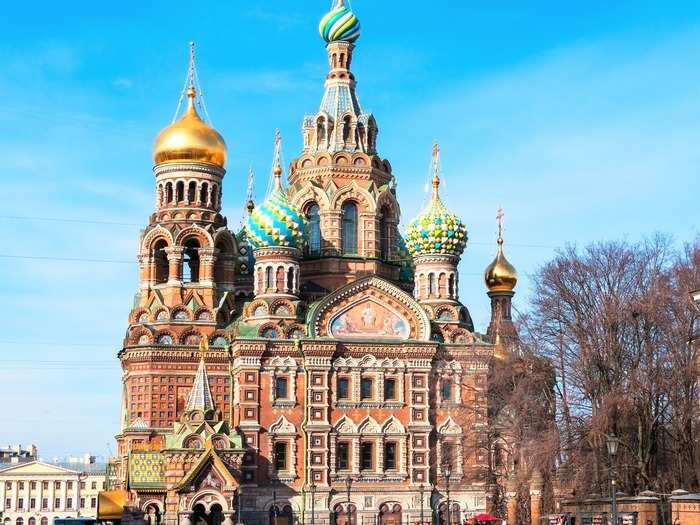
To learn more about the Church of Our Savior on Spilt Blood, click here >







Click here to learn more about the Palace Bridge >










Click here to learn more about the Grand Palace >


To learn more about the Singer Company Building, click here >



 Go Digit IPO allotment – How to check allotment, GMP, listing date and more
Go Digit IPO allotment – How to check allotment, GMP, listing date and more
 10 breathtaking valleys to visit in India in 2024
10 breathtaking valleys to visit in India in 2024
 Following Rohit Sharma's accusation, IPL broadcaster Star Sports denies airing audio of any personal conversation
Following Rohit Sharma's accusation, IPL broadcaster Star Sports denies airing audio of any personal conversation

Copyright © 2024. Times Internet Limited. All rights reserved.For reprint rights. Times Syndication Service.